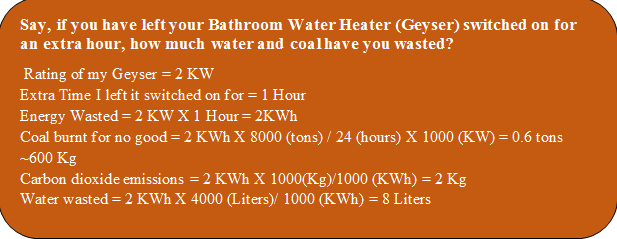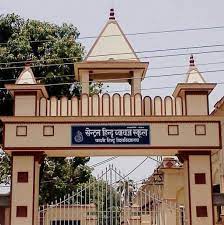Everything comes at a cost, If you know what it takes for a product to be, you will know how to value it. If you can do that well, it would be the best you can do to increase the longevity of our lives on earth.
In this piece, I am going to talk about how products come into being and what does it cost the environment to get us the product? The product could be anything – from your computer screen to the water, you drink or you take shower with every day.
Yes, everything comes at a cost –and cost not only in terms of money spent to acquire it – but the actual cost – which is the resources it took to get the product to the final stage.
Now, you might think this is pretty simple – for instance, pick up a pen – disassemble it and what do we get – a few hundred milligrams of plastic (more explicitly – there is some High Density Polyethylene, some Low Density Polyethylene, some propylene), some steel (the spring), and some brass or tungsten carbide (unless you forget the ballpoint!).
However, this is merely breaking down into components – not resources. By resources, I mean ‘natural’ resources. Imagine you were the first person to be born on our planet and then what would it take for you to make this pen?
 Image Courtesy of khunaspix at FreeDigitalPhotos.net
Image Courtesy of khunaspix at FreeDigitalPhotos.net
- The plastic comes from plastic granules which come from by-products of crude oil. Hence, you must drill to the bottom of the ocean floor somewhere to begin manufacturing a pen!
- The steel – a form of iron – comes from iron ore – mined from deposits older than 1.5 billion years
- The ink itself is made of dyes and chemicals including heavy metal compounds, carbon black, hydrocarbons, resins, wetting agents and so on.
However, this is not yet over.
Getting to this point in Life Cycle Assessment is also not as important as the last part which is the cost of processing into the final product.
So, the above list will be added by a couple of more items:
- The electricity used in the processing these resources to their end usable stage.
- The electricity used in the manufacturing the product out of those individual resources in their usable stage.
Most lifecycles would usually end here for the ease of bringing down the cost of a product to units of energy consumed. However, electricity does not come free either. Come to think of it, is it fair to leave out the resources which have gone into producing that electricity?
What is Electricity what it is made of?
To begin our first lesson on life cycle assessment, let us break down Electricity and try to see what it is made of. While we all know electricity is electrons flowing within a conductor with a potential difference. But, to create this potential difference has never been an easy task since the times of Edison and Tesla.
Since there are so many forms of energy (Coal, Nuclear, Wind, Solar, Hydro), I will limit out little analysis only to electrical energy derived from coal. (Generally referred to as Thermal power).While we discuss this, it is also important to note that India’s 57 % energy needs and globally, more than 40% of energy needs are met by coal.
Coal-based power plants are nowadays built of capacities equal to at least 500-600 Megawatts (MW) and can be as large as 4 GW (5X 800MW).

So, given this small set of information we have about coal-based energy generation, how can we use this information in our daily lives?
While 1 MW will be too big a number for your consumption levels, we can use the above information to see how much resources we are using for consumption at our levels if we scale it to Kilowatts (KW) and Watts.

Say, the time for which Geyser remains on usually = 1 hour (following our calculation above, 8 Liters again) So, the actual amount of water you used for your bath today was not just the bucket or shower you used, but the water you actually bathed from and another 16 litres of water used in heating the water + the cost of electricity used in pumping the water to your bathroom!)
For those who think to leave a bulb switched on does not cost you much – think this way:

Image Courtesy of watiporn at FreeDigitalPhotos.net
Pick some more examples from around your house – of electricity consumption and try to assess how much water and coal you could be consuming and wasting every day?










